
Impala
Impala
Impala
Do you know the impala, a herbivore that lives in Africa? The impala is a species of medium-sized antelope known for its light and agile running. However, since it is only kept in limited zoos, few people have actually seen it. In this article, let’s take a look at the impala’s characteristics and secrets together!
Impala Basic Infomation

Mammalia-Cetartiodactyla-Bovidae-Impala genus.
Length 84~99cm. Weight 40~75Kg.
The impala is a species of herbivorous animal in the Bovidae family that inhabits eastern to southern Africa. The color of the body is reddish-brown on the back, light yellow-brown between the back and stomach, and white on the stomach, with black lines on the ears and buttocks.
Only males have horns, which can be nearly 90 cm long and are shaped like a lyre. They live in forests and savannas, and except during the breeding season, females and children live in groups of about 100, while males live in small groups.
Impalas have two breeding seasons per year, and during the breeding season, males fight fiercely over females. Only males who win battles can mate with females, and those who win battles create harems with many females.
On the other hand, males who lose battles live alone or in groups of males and wait for opportunities to challenge the harem’s males.
The gestation period of impalas is about 6-7 months, and females usually give birth to one baby at a time. Impala babies stand up and walk within 2-3 hours of birth and begin living in groups within a few days after birth.
Male babies begin to grow horns around 3 months after birth and are eventually expelled from the group by their father, the leader of the harem.
Impala Q&A

Where does the impala name come from?
I looked up the origin of the name impala, but I couldn’t find a clear answer. However, there is a theory that the word “pala” meaning “red antelope” in the language of the Tswana people in Africa is the etymology.
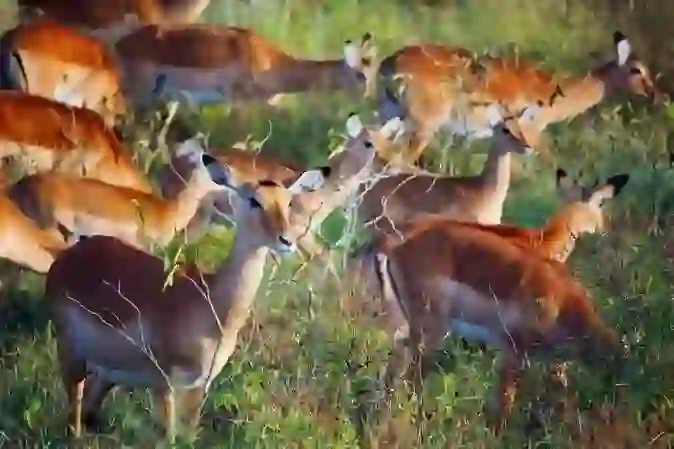
Why do the impala live there?
Impalas live in forests, scrub forests and savannas from eastern to southern Africa.
The impala is a member of the mammals of the antelope family, excluding the bovine and goat subfamilies.And antelope live in Africa, India and Mongolia, but most of them live in Africa.
This time, I investigated why the family of antelope mainly lives in Africa, but I could not get a clear answer here either.However, one of the reasons is that in the vast land of Africa, there is food that can support the lives of many antelope, including impalas.

What is the impala eating?
Impalas are herbivorous animals that live by eating grasses, shrubs, fruits, etc. that grow on grasslands. Some zoos seem to give impalas dried hay or herbivore pellets.

Is it true that only males have horns on the impala?
It's true.
Only males have horns, and females do not have them. The horns of males are very large and have a large spiral shape like a harp. Their length can be up to nearly 90cm.
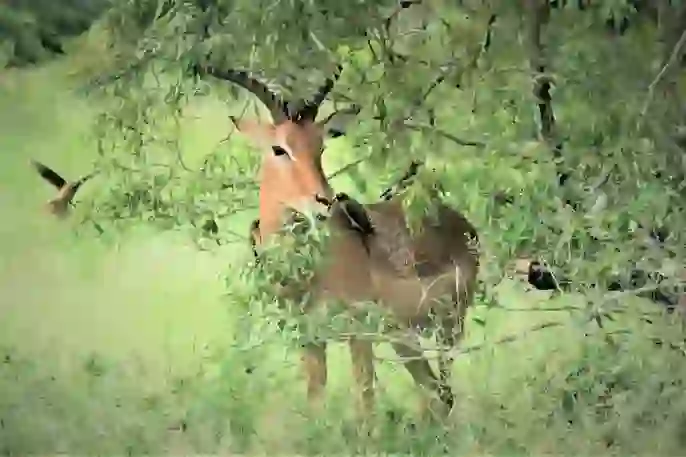
Is it true that the impala builds a harem?
It's true.
Impalas live in groups of about 100 females and children and a few males outside the breeding season. However, during the breeding season, one strong male creates a large harem with a group of females.
The male impala who reigns at the top of the harem looks cool. However, it is not easy to maintain the harem while mating with many females and protecting the group from male impalas who try to take over the harem or predators. The leader always has to be alert and live every day while reducing his physical strength.

What is the difference between the impala and the gazelle?
In Africa, there are many members of the antelope family, including the impala.
All of the antelope are very similar, but the impala and the gazelle are very similar in appearance. So what exactly is the difference between these two species?
From the viewpoint of classification, both are animals of the bovid family, but impala is classified as "impala genus" and gazelle is classified as "gazelle genus". Therefore, as a classification, it is treated as a completely different animal.
Next, in terms of appearance, the impala has black lines on the buttocks and tail when viewed from behind, so it looks like it has three vertical lines. On the other hand, gazelles have many white parts on their buttocks, so you may be able to see the difference by comparing photos of the two types of buttocks.
However, the impala and gazelle are so similar in appearance that it is difficult to tell them apart unless you are used to seeing them.
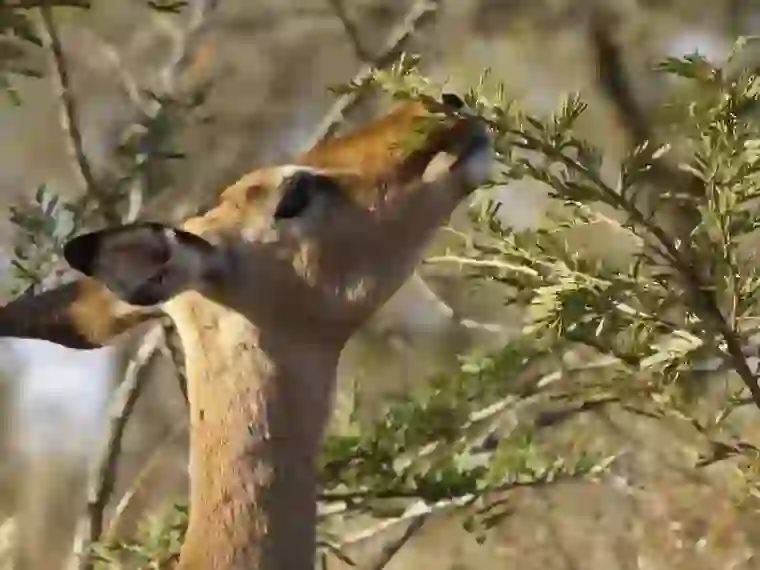
Is it true that the impala runs fast?
It's true.
Impalas are said to be very fast, running at a top speed of about 90km per hour. Their jumping ability is also great, and it is said that they can jump more than 9m horizontally (maximum 12m) and more than 3m vertically in one jump.
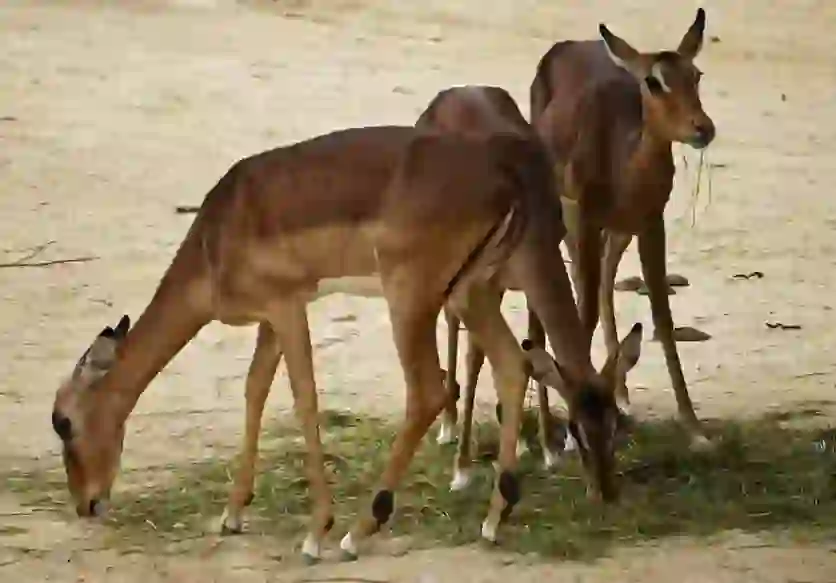
What kind of personality does the impala have?
Impalas are said to be very nervous because they are often attacked by predators such as lions and leopards.
Impalas live in groups to reduce the risk of being attacked by predators.
When they sense danger, they bark loudly to alert members of the group to the danger, and when they hear the sound, members of the group start running away all at once. It is said that it is difficult to catch impalas that run like flying at full speed no matter how strong a carnivorous animal is.
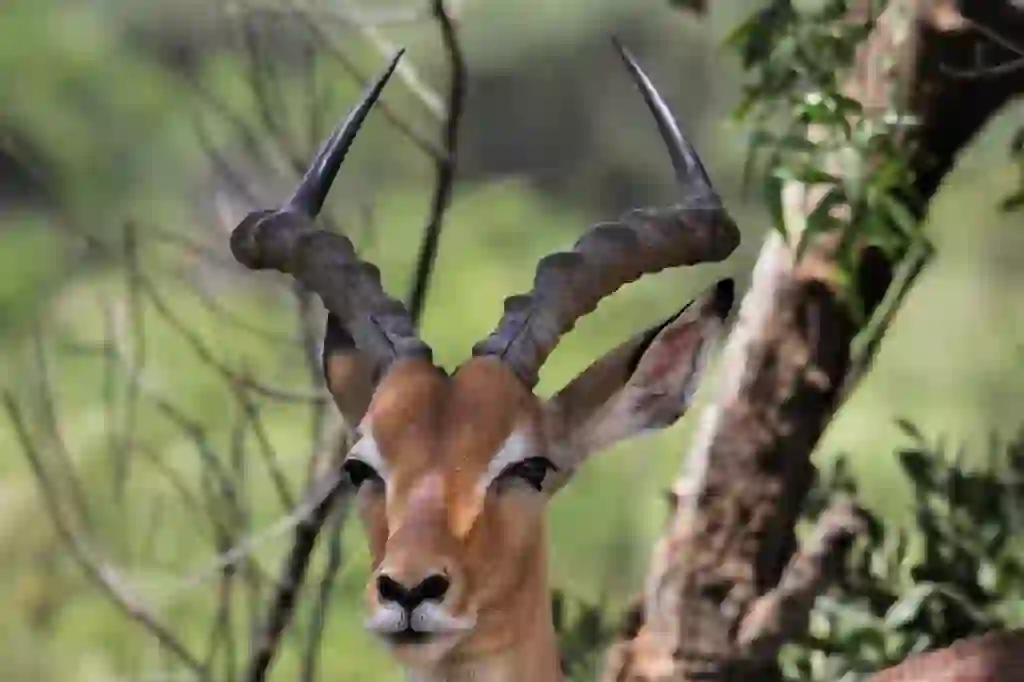
Can an impala be kept as a pet?
When breeding rare animals at home, it is necessary to follow the established laws in some countries. This time, we will introduce whether it is possible to breed impala at home in Japan.
When trying to import impala, which is an artiodactyl animal, from overseas, it seems that more tests and conditions are required than other animals due to foot-and-mouth disease and other factors.
Therefore, in recent years, even zoos have tended to hesitate to import artiodactyls, and the variety of artiodactyl animals kept in Japan zoos is steadily decreasing.
Given such a situation, it is considered quite difficult for individuals to import impalas for breeding as pets. However Japan from the perspective of domestic laws and treaties, the impala is not an animal that is prohibited or restricted from keeping.
Therefore, if you really want to raise an impala, you may be able to do it if you have enough money and time, and a strong collaborator in importing and exporting animals.

Is there a place to see the impala in Japan?
Unfortunately, there are no zoos in Japan that breed and exhibit impala at this time.
It seems that impala were once bred in "Tobu Zoological Park" in Saitama Prefecture.
However, as explained in "Can an impala be kept as a pet?", it is difficult to import artiodactyl animals from overseas due to foot-and-mouth disease, etc., and the number of types of antelope that can be seen in Japan is steadily decreasing.

What is the lifespan of the impala?
The lifespan of impalas in the wild is said to be 12-15 years.
However, since there are many natural enemies of impalas in the wild, it is thought that not many individuals can live their full lifespan.
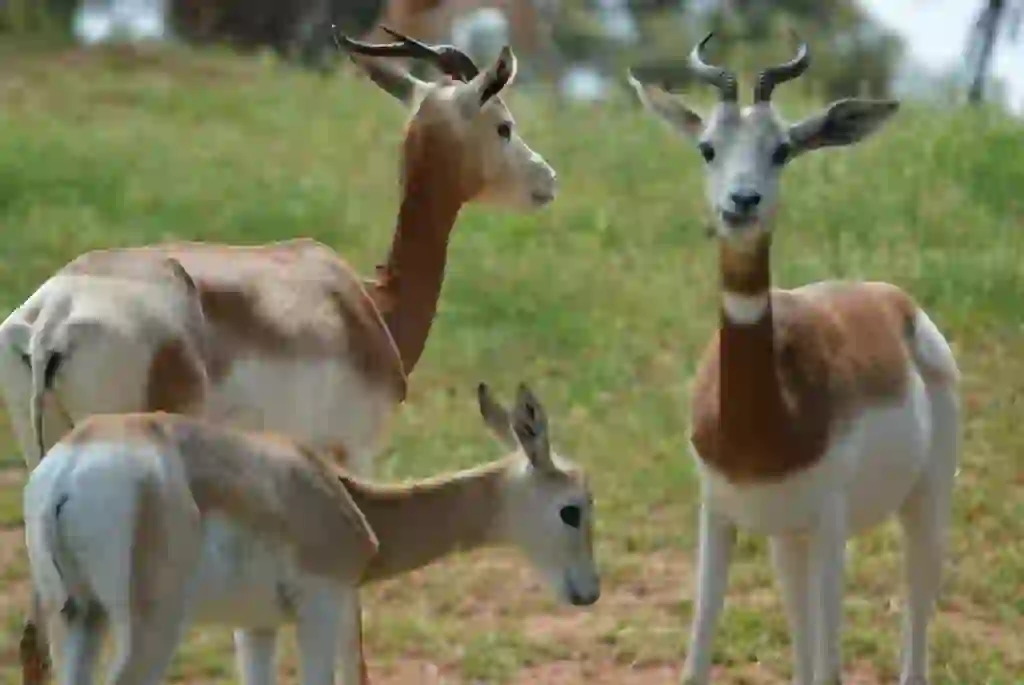
What enemies does the impala have?
The natural enemies of impalas in the wild are carnivores such as lions, leopards, cheetahs and hyenas.
However, for the Impala, we humans may also be natural enemies.
In fact, in Africa, herbivores such as impalas, wildebeests, and giraffes are often poached for meat. Impalas are currently believed to be animals that are not at risk of extinction because they have a large population.
However, if the number of impalas that are preyed upon by many carnivorous animals due to the impact of poaching decreases, it may have a significant impact on the lives of carnivorous animals. We want to continue to monitor the number and status of impalas and watch over their lives without being complacent.

Would you like to become a part of the 'Animalbook.jp'?
Turn your knowledge into Q&A and share it with the world. ※Publication will be activated after purchase. Let's share information together!
Impala Type of List
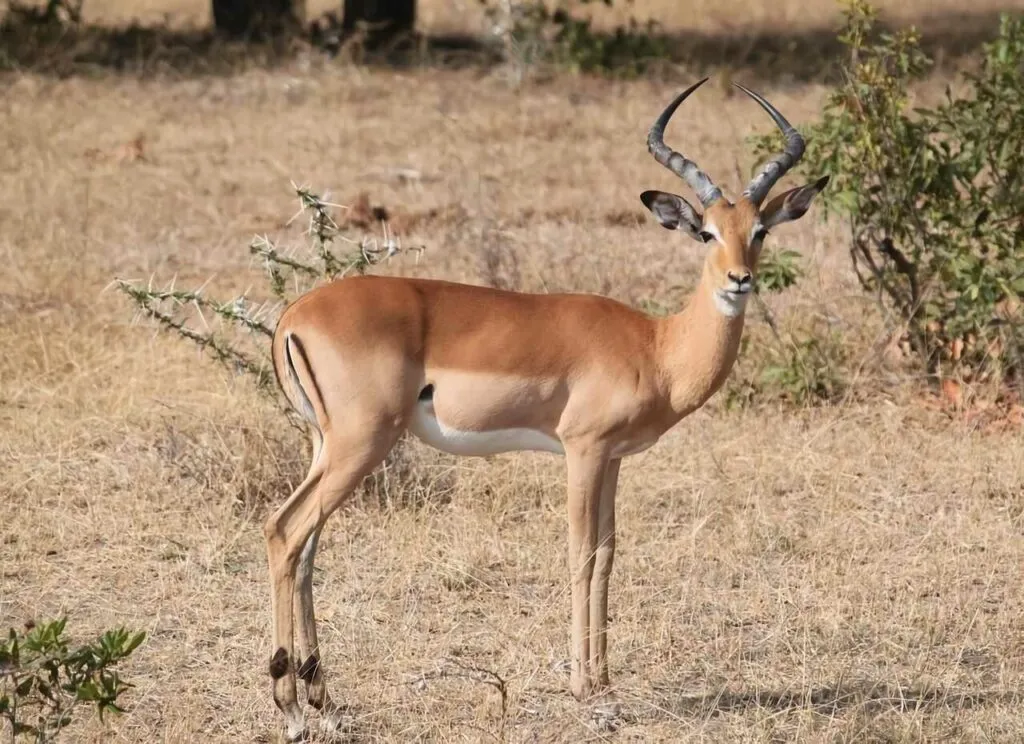
・Cape Impala ・Angolan Impala etc.
Information
Congratulations! You are the first commenter!

Create Your Favorite List!
Impala
Save the animals you love! Build your own list to quickly revisit your favorites later.

Would you like to leave a comment?
※Please note: This is for the purchase of rights to post comments within the article.
Find Your Favorites!
Our shop offers a unique and attractive selection of goods themed around various animals.
Impala References

- 今泉 吉典(1986年)『動物大百科4 大型草食獣』平凡社
- スミソニアン協会(2017年)『驚くべき世界の野生動物生態図鑑』日東書院本社
- コトバンク「インパラ」 https://kotobank.jp/word/インパラ-437933
- ナショナルジオグラフィック「動物大図鑑 インパラ」 https://natgeo.nikkeibp.co.jp/nng/article/20141218/428803/
- Cincinnati Zoo & Botanical Garden「Impala (Aepyceros melampus)」 http://cincinnatizoo.org/animals/impala/
Impala Introduction of media used
出典:https://www.pexels.com/ja-jp/photo/5237329/

出典:https://pixabay.com/images/id-1029784/

出典:https://pixabay.com/images/id-1905289/

出典:https://unsplash.com/photos/PVRNqpBejmY

出典:https://pixabay.com/images/id-2815421/

出典:https://pixabay.com/images/id-4694159/

出典:https://pixabay.com/images/id-165043/

出典:https://pixabay.com/images/id-3772969/

出典:https://pixabay.com/images/id-1096269/

出典:https://pixabay.com/images/id-4655805/

出典:https://unsplash.com/photos/zC3f8r-jlHc

出典:https://pixabay.com/images/id-4206340/

出典:https://pixabay.com/images/id-4017763/
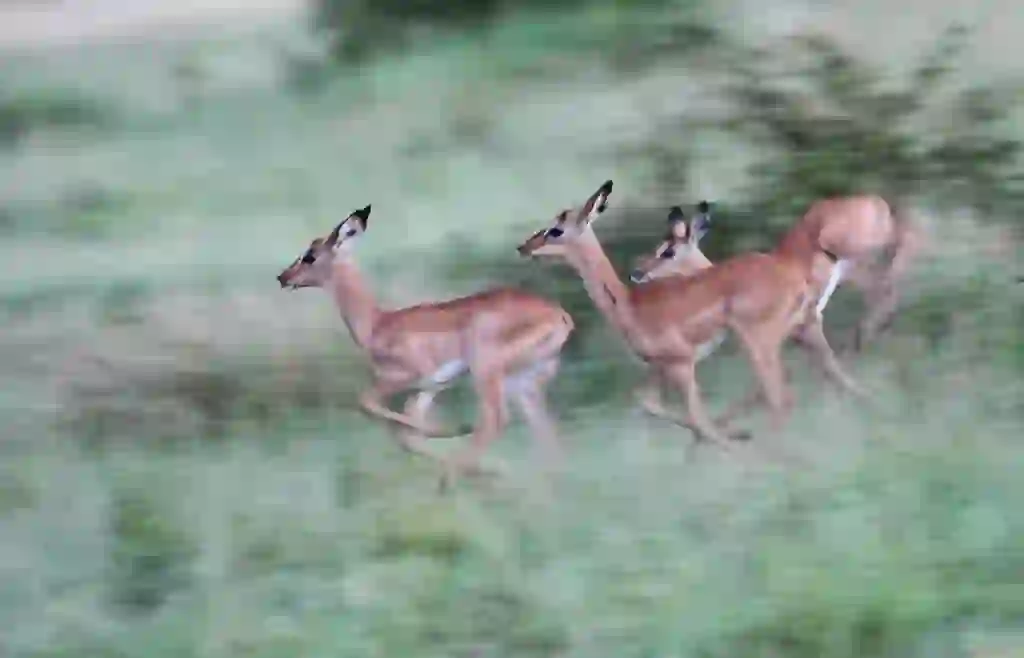
出典:https://unsplash.com/photos/F0MNZKUuiNA

出典:https://pixabay.com/images/id-3036812/
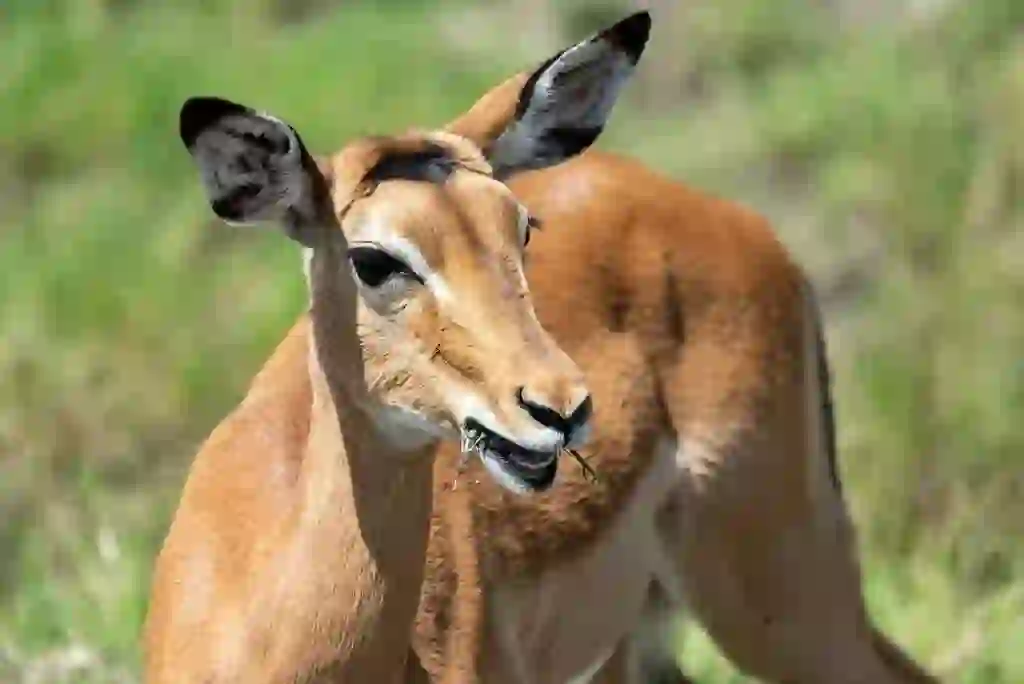
出典:https://pixabay.com/images/id-4418817/

出典:https://pixabay.com/images/id-2483117/
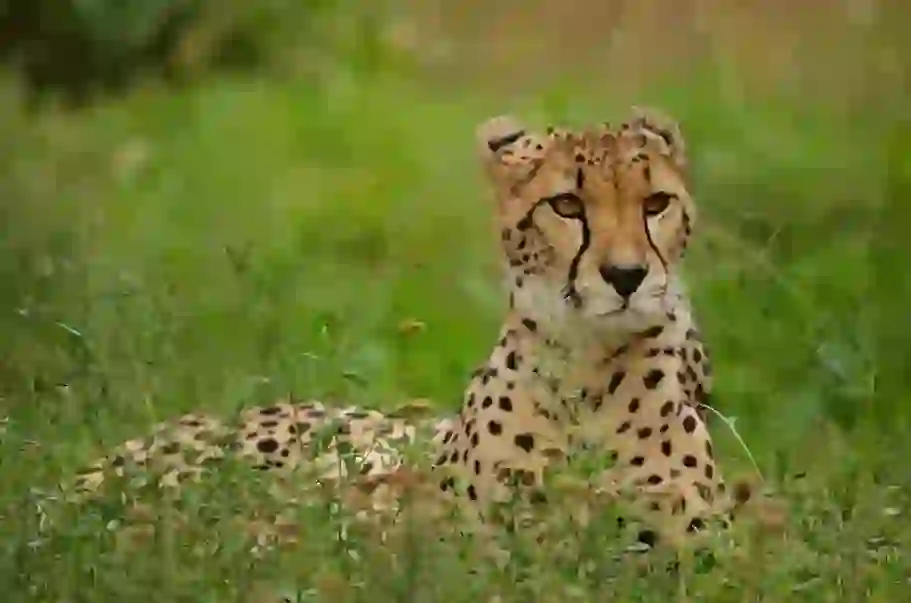
enemy
出典:https://pixabay.com/images/id-3056387/

enemy
出典:https://pixabay.com/images/id-4897807/
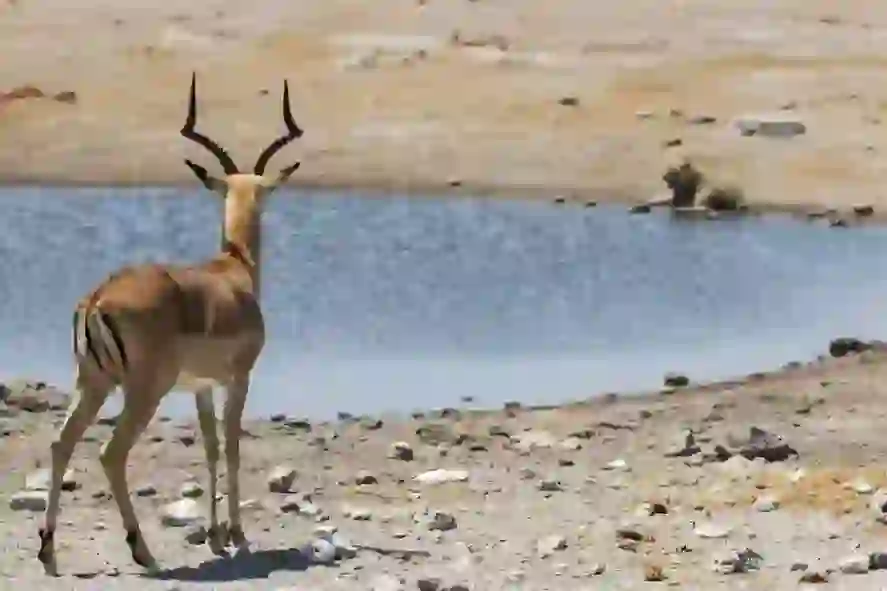
出典:https://pixabay.com/images/id-1118895/

Help Enrich Our Animalbook.jp with Your Media!
We are constantly looking to expand and enrich our Animalbook.jp with amazing photos and videos of animals. If you have any media that you'd like to share, please contribute and help us showcase the beauty and diversity of the animal kingdom. Your submissions will be credited and featured in our encyclopedia, reaching a wide audience of animal lovers.


















